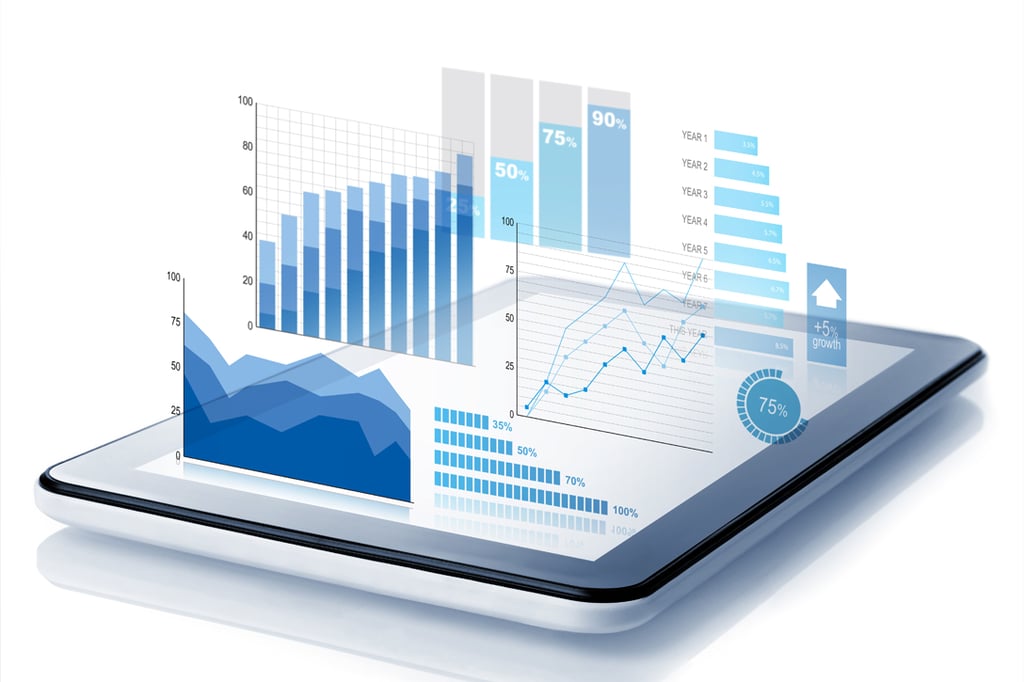
Data Back Up, Recovery and Erasure: A Guide for Corporate IT

In the quest to drive greater efficiency in the data center, providers are turning to evermore exotic methods to obtain power at a lower cost and convert it into high-value data.
Most of the attention these days is on alternative forms of generation and advanced power management software, but there is one largely overlooked aspect of the energy equation that just might prove to be the most significant of all: storage.
Virtually every data center is equipped with battery-fed UPS systems, just in case the grid goes down. But increasingly, facilities managers are starting to look at these energy sources as more than just emergency backup. Could they, in fact, help reduce energy consumption during regular operations? Perhaps, but the data industry will need to find a better battery first.
Most UPS systems rely on the same valve-regulated lead-acid (VRLA) technology that dates back to the mid-19th century, but this is changing with the advent of new lithium-ion systems that are powering everything from cell phones to smart cars these days, says Schneider Electric’s Patrick Donovan. In the data center, Li-ion technology has almost advanced to the point at which the lower operational costs can counter the higher upfront capital costs, producing about a 10 percent improvement in TCO over a 10-year lifespan. At the same time, Li-ion is lighter and denser than VRLA, allowing organizations to store more power in a smaller footprint while requiring far less cooling.
Li-ion may be newer, but development is still taking place on lead-acid technology to make it more data-friendly. A company called EnerSys has devised a Thin Plate Pure Lead (TPP) technology for its DataSafe XE line, which the company says can provide service at greater temperature extremes, such as those found in high-density compute environments. The design is intended to counter two key problems in alloyed lead-acid batteries: acid corrosion of the lead grid and grid expansion due to high heat. The system uses highly purified lead and a controlled fabrication process that helps triple battery life over conventional designs.
But if low-cost electricity is already coming from the grid, why would anyone want to offset it with a more expensive stored source? For organizations delving ever deeper into green energy, batteries can provide a crucial bridge between the vagaries of renewable supplies and the demand for always-on data. France’s Webaxys data center, for instance, is utilizing a new solution featuring Nissan electric vehicle batteries and advanced UPS hardware from Eaton Corp. The idea is not just to provide failover but to enable steady draw-down from renewable supplies and then return power to the local grid when consumption eases. This takes a lot of the uncertainty out of going green in the data center and allows the provider to better manage costs and infrastructure development.
Microsoft is on much the same track, although it is looking to maintain stability across its global data operations footprint that draws an estimated 3,500 GWh per year. The company has turned to Primus Power to deploy multi-hour duration flow batteries that can act as grid resources and provide steady output for several decades or more. By placing storage on the grid, Microsoft is looking to bolster not only peak performance but the fluctuating supplies caused by natural sources coming on- and off-line. As well, they can provide ancillary services like frequency regulation and maintenance of spinning and non-spinning reserves more efficiently than standard generators.
A robust energy storage system on-site has always been the best way to ensure energy security in the data center. But with battery technology becoming so powerful and versatile in recent years, it’s only natural that they should play a larger role in the day-to-day operation of the data environment.
Arthur Cole writes about infrastructure for IT Business Edge. Cole has been covering the high-tech media and computing industries for more than 20 years, having served as editor of TV Technology, Video Technology News, Internet News and Multimedia Weekly. His contributions have appeared in Communications Today and Enterprise Networking Planet and as web content for numerous high-tech clients like TwinStrata and Carpathia. Follow Art on Twitter @acole602.









